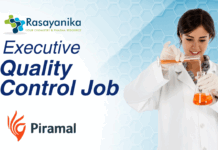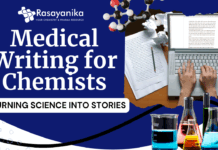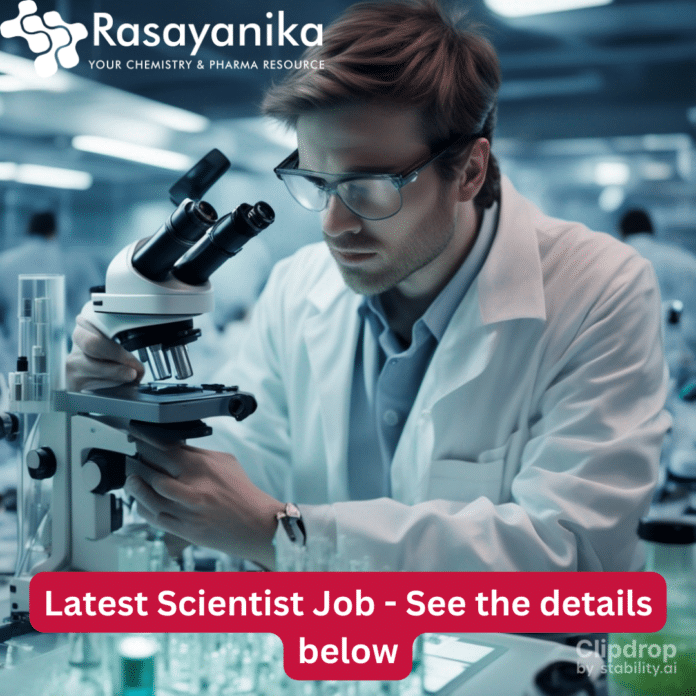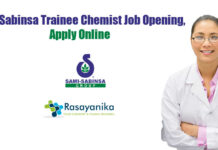Pfizer hiring candidates for Scientist Job. MSc MPharm Scientist Job details are attached below. You can go through the details and apply online.
Position – Scientist – GT&E
Job ID – 4885988
Work Location Assignment: Flexible
Responsibilities
- Theoretical & practical knowledge on working principle of analytical instruments- FTIR, UV, IR, HPLC, GC with minimum 1 years of relevant experience.
- Understanding on the purpose of different method validation parameters and ICH guideline requirements.
- Theoretical knowledge on titration, LOD and understanding the working principle of DSC and TGA etc.,
- To be able to perform the compilation of methods and its requirements.
- Ensure compliance to cGMP/ cGLP, organizations procedures and practices.
- Ensure effective safety systems are implemented in the premises.
- Partnering with manufacturing to meet the production schedule, ensure commercial supply and uphold quality standards.
- Performing trending and monitoring of critical quality attributes/critical process parameters to maintain product quality and to control process drift.
- Identifying and implementing potential process improvements in conjunction with manufacturing operations.
- Participating in start-up efforts of new equipment, software or processes in manufacturing.
- Assisting in documenting changes/updates to manufacturing processes and working with manufacturing, engineering and validation to implement those changes.
- Reviewing/providing feedback and technical/scientific support on project deliverables, i.e. remediation initiatives, plan reports, etc.
Technical Skills for MSc MPharm Scientist Job-
Experience in Analytical Development/ validation / Technology Transfer of Injectable formulations to cater regulated markets, essentially experience in Plant Technology Transfer support in Injections including process validation.
Other Skills
- Good Communication skills (written and verbal)
- Time Management
- A team player
Educational Qualifications and Work Experience
- M. Pharm/M.Sc
Target years of experience-
- 2-6 yrs experience
Type of experience
- Analytical development/Technology transfer/Process improvements in reputed organization
Greetings, dear friends! We’ve compiled a selection of interview questions and corresponding answers that you may encounter during your upcoming interview for MSc MPharm Scientist Job. We encourage you to make thorough preparations to excel in your interview performance.
Question 1: Can you explain the working principle of High-Performance Liquid Chromatography (HPLC)?
Answer: High-Performance Liquid Chromatography (HPLC) is a powerful analytical technique used to separate and quantify components in a mixture. It operates on the principle of differential partitioning of sample components between a stationary phase (usually a packed column) and a mobile phase (liquid solvent). As the sample passes through the column, its components interact differently with the stationary and mobile phases, leading to separation based on factors like size, charge, and affinity. UV or UV-Vis detectors are commonly employed to quantify separated compounds.
Question 2: What are critical quality attributes and critical process parameters? How do you monitor and control them in the context of pharmaceutical manufacturing?
Answer: Critical quality attributes (CQAs) are the measurable characteristics that define the quality of a pharmaceutical product. Critical process parameters (CPPs) are the key operational parameters that significantly affect CQAs. Monitoring and controlling CQAs and CPPs are crucial to ensuring product quality and consistency. In pharmaceutical manufacturing, this involves continuous monitoring of factors like temperature, pressure, pH, and flow rates during various stages of production. Statistical techniques and process analytical technology (PAT) tools are often employed to identify trends, assess variability, and implement necessary adjustments in real-time to maintain product quality within specified limits.
Question 3: Could you provide an example of a situation where you identified and implemented a process improvement in manufacturing operations?
Answer: In a previous role, I noticed a bottleneck in the analytical testing phase that was causing delays in product release. After analyzing the situation, I proposed and implemented a streamlined workflow that optimized sample preparation and testing procedures. This not only reduced testing time but also enhanced data accuracy. As a result, the overall production timeline improved, and we were able to meet product release deadlines consistently.
Question 4: How do you ensure compliance with cGMP and cGLP during your work in a pharmaceutical manufacturing setting?
Answer: Ensuring compliance with current Good Manufacturing Practices (cGMP) and Good Laboratory Practices (cGLP) is of utmost importance to maintain product quality and regulatory adherence. To achieve this, I consistently follow established standard operating procedures (SOPs) and protocols. I maintain a well-organized laboratory environment, keep thorough records of experiments, calibrations, and validations, and undergo regular training to stay updated with regulatory changes. Additionally, I actively participate in internal and external audits to ensure that all processes align with industry standards.
Question 5: Describe a scenario where you collaborated with cross-functional teams to achieve successful technology transfer and uphold quality standards during manufacturing?
Answer: In a technology transfer project, I collaborated with R&D, manufacturing, and quality assurance teams to seamlessly transfer a newly developed analytical method from the research phase to routine production. Through effective communication and joint meetings, we ensured that all stakeholders were aligned with the method’s requirements and expectations. By addressing challenges and clarifying doubts upfront, we minimized potential bottlenecks during the transfer. Continuous collaboration and open communication resulted in a successful transfer, maintaining the method’s integrity and meeting quality standards throughout the manufacturing process.
















































I am scientist